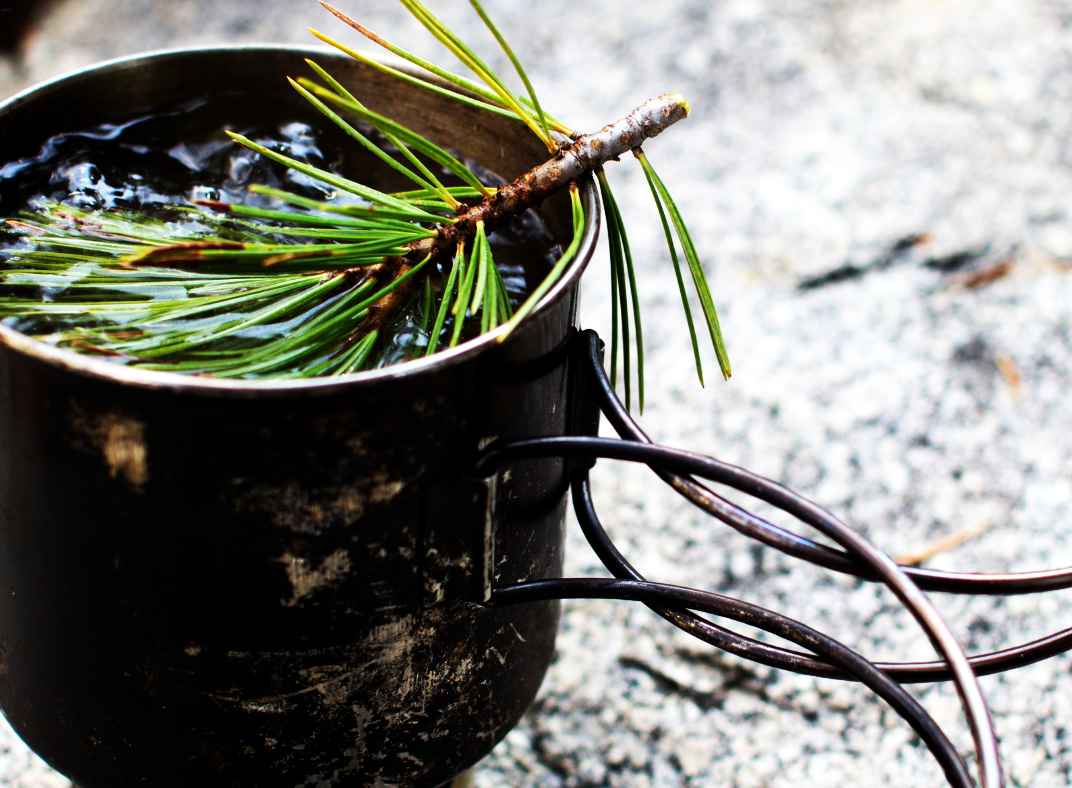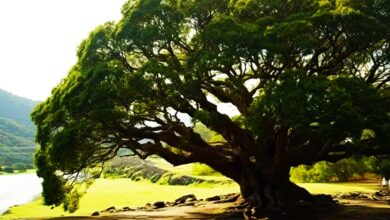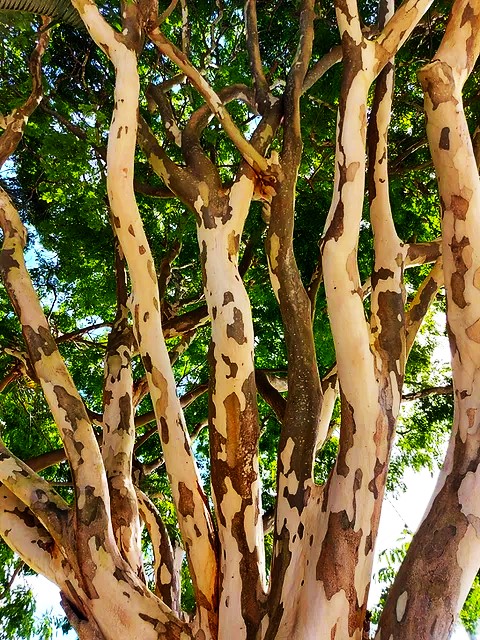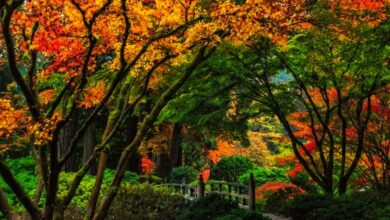Harvesting Pine Needles: Why You Should Harvest Pine Needles and How to Harvest Pine Needles

Understanding how to gather, prepare, and store pine needles is essential to achieving your objectives, whether you enjoy drinking pine needle tea or want to start a small, natural business from home. Pine needles can be used as mulch, weed repellent, soil acidifier, path lining, and soil stabilization, among other applications in landscaping. Continue reading for advice on gathering pine needles for use in outdoor gardens, food, or medicine.
Uses for Pine Needles
Although gardeners who have pine trees in their yard might view the needle-dropped debris as an annoyance, these conifer leaves have numerous beneficial uses. Why is it advisable to gather pine needles?
In addition to being a great mulch, the needles can be used as air fresheners, flavoring for teas and vinegars, and as a grill for seasoning meats. They also possess a variety of medicinal qualities. Any of these organic qualities can be utilized if pine needles are gathered and properly processed. Frequently, pine straw is offered cleaned and bailed for use in landscaping. When gathering pine needles, it’s important to keep them clear of weeds and other debris. Straw mulch layers will improve soil, retain moisture, and inhibit the growth of weeds. Additionally, they aid in increasing the soil’s acidity, which benefits plants like holly, azalea, and hydrangea.
Additionally, the smell may help deter certain animal and insect pests from digging in the garden. When used outside of the garden, the leaves can be used to make a delicious tea, and the aroma is known to help clear sinuses. The tea is used as a deodorizer and cleaner after it has cooled. When used as a foot soak, the needles’ antibacterial qualities can aid in the treatment of specific skin conditions. There are numerous domestic applications for these tree leftovers.
How to Gather Pine Needles
Make sure there are no weeds or other debris under the trees if you intend to make pine mulch. The plants shed from August to January, so when you rake up the needles, they will be reasonably clean. Pine needles decompose gradually, making them suitable for both mulching and path lining. Unlike other organic amendments, they don’t need to be replaced as frequently. To help nourish the trees and stop moisture loss and overgrowth of weeds, leave a bed of some needles around the tree roots. If the needles are going to be bailed for sale or storage, spread them out to dry. Simply move the needles to the desired location and apply a thick layer for immediate use. Take into account why you are collecting pine needles; not all of them need to come from pine trees. The best way to harvest needles for teas is straight from the tree, and Douglas fir is one of the best varieties.
Rich in vitamin C, the needles are a beneficial soak for arthritis. Another tasty tea is sprig tea, which can be turned into a zesty beer. Redwood needles may help treat colds and the flu because of their antimicrobial qualities. Just be sure to find out if the trees were chemically treated and steer clear of those that were, especially if they were meant for human consumption. The kind of tree doesn’t really matter if you want pine straw for mulch, but blue spruce needles are extremely sharp and painful to walk through barefoot. All pines, though, are great additions to gardens.





